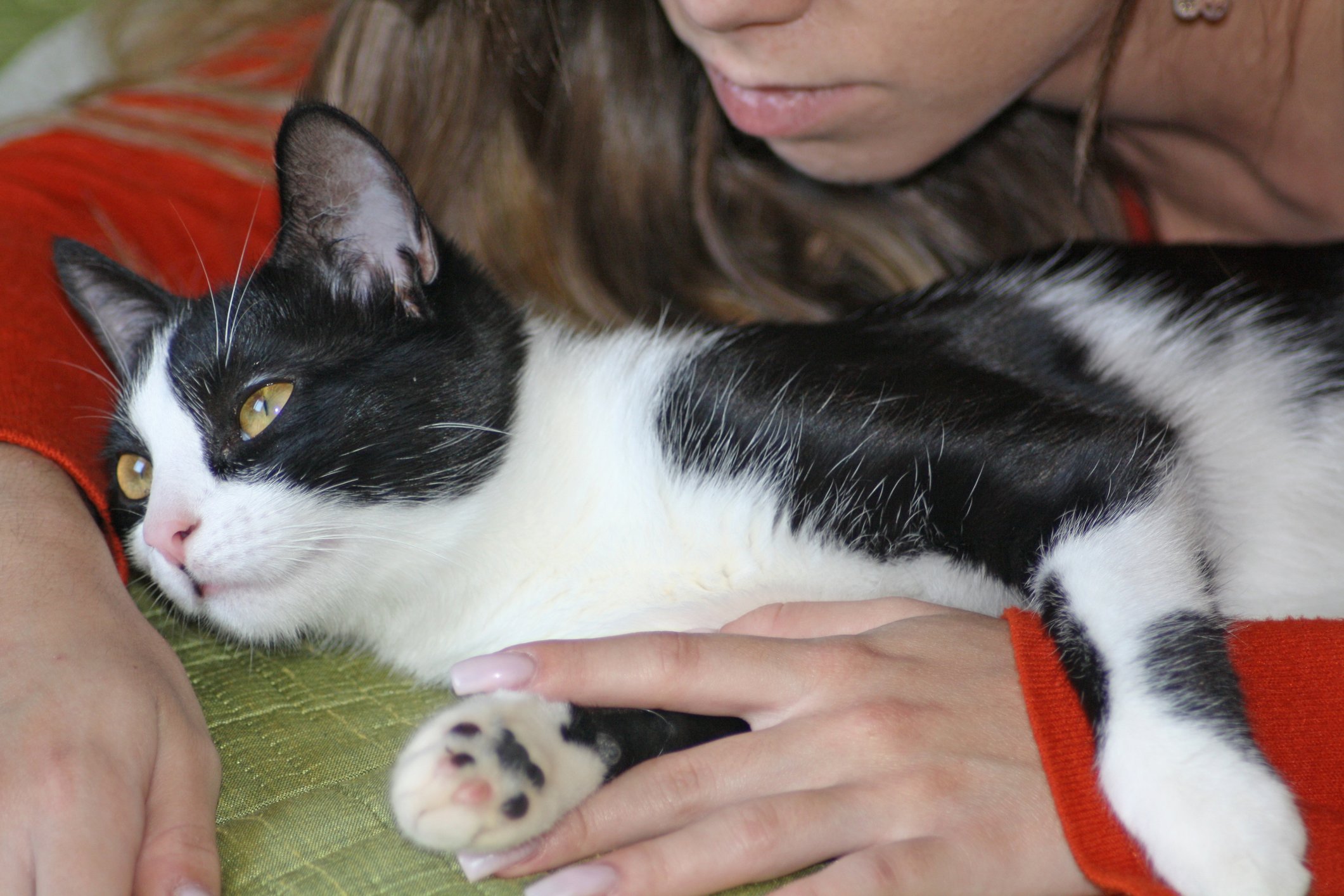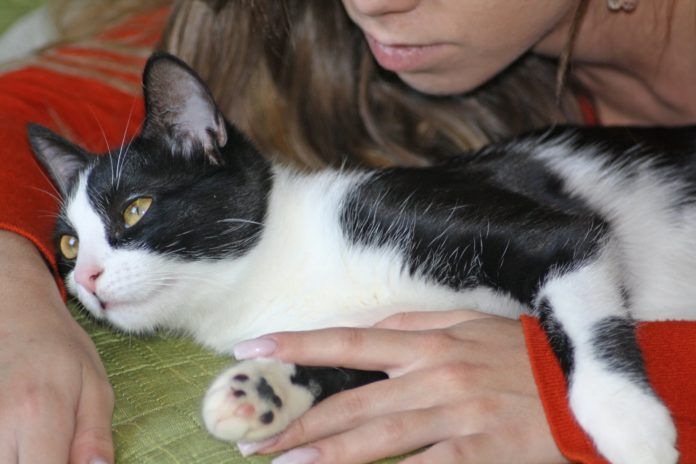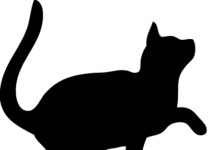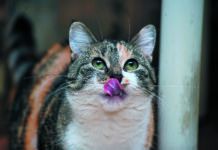Dreamstime.com


Q: Over the years, our family has lived with a number of cats. Each was certainly unique in his or her own way, but quite a few of them shared the same trait: They drooled sometimes while you were petting them.
To clarify, it often appears like drool, but sometimes it’s a single droplet that seems to come from their noses. It’s obviously not a health concern, but just an interesting behavioral thing that I would like to understand better.
– Elaine Best
A: Many cats drool when you are petting them. In the ecstasy of the moment, their eyelids flutter, they purr … and they drool. Why drool, you ask, and that’s a good question. Here’s my theory. When cats are really content, they release “feel good” neurotransmitters in the reward centers of their brain. Endorphins and encephalin are nature’s own morphine-like chemicals that are part of this neurochemical deluge. Endorphins seem to activate the mechanical act of purring.
We have noticed that cats immediately begin to purr when given high doses of opioid painkillers while recovering from painful surgery. The question is, do endorphins also cause salivation, too — and the answer is that they do. If my theory is correct, blocking opioid systems in a cat with a drug like Narcan (naloxone) would abolish this reaction. No more fluttering eyelids, no more purring and no more salivation while being petted until the drug wore off.
But that’s certainly not an experiment I would like to be involved in — so we will just have to leave it as a theory for now. I hope this helps provide some (provisional) rationale for what you have observed.
Nicholas Dodman, BVMS
Professor Emeritus
Tufts University Cummings School of Veterinary Medicine




